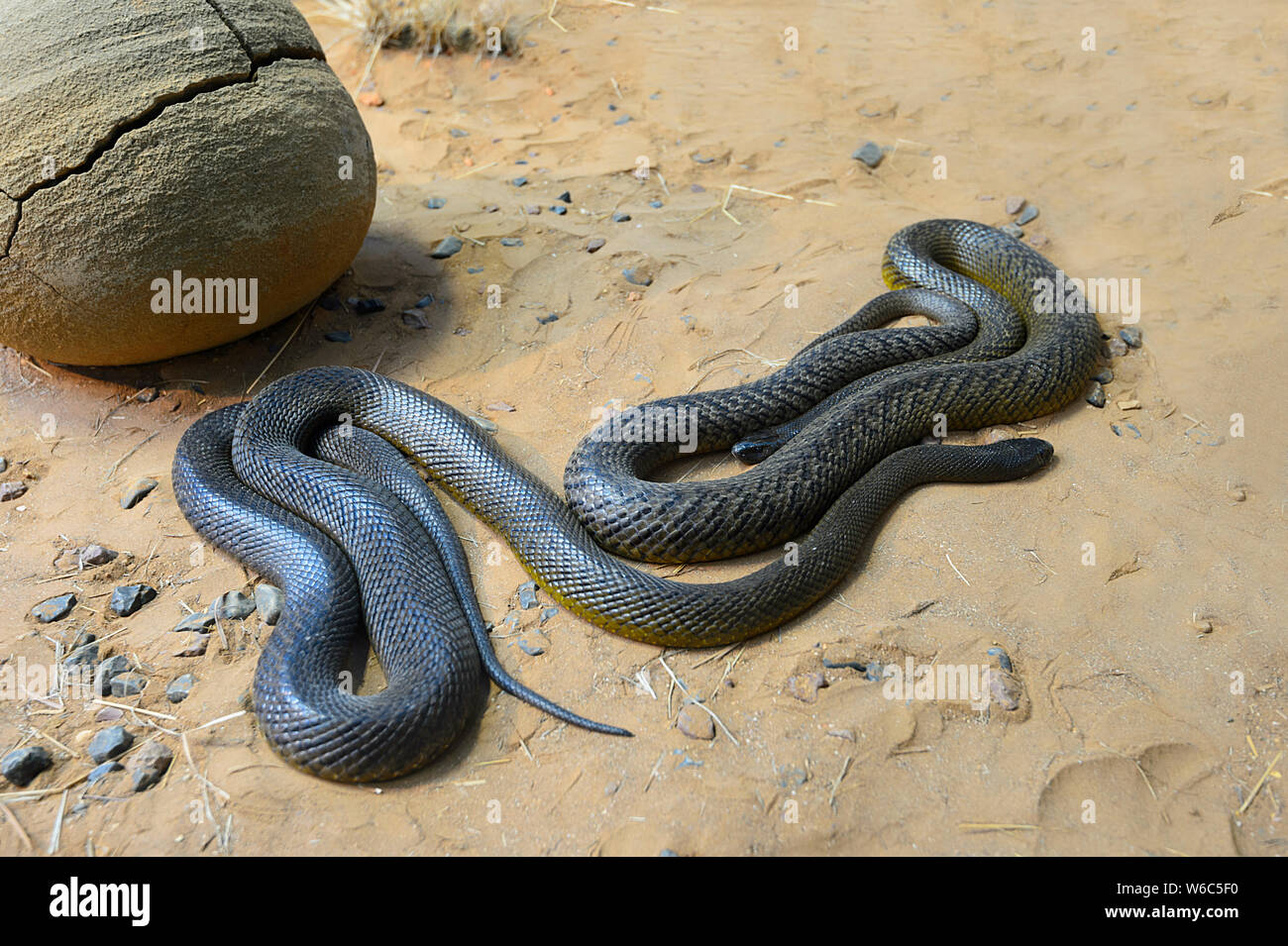

Now, its favorite snack, the long-haired rat, can run at speeds of around 8 mph – nearly double that of the inland taipan. If and when that isn’t available, they’ll eat a plains rat or a Kultarr, a small insectivorous marsupial. More specifically, the majority of their diet is made up of one rodent: the long-haired or plague rat.

While many snakes will eat amphibians, insects, eggs, fish, and even other reptiles, the inland taipan is a far more selective serpent when it comes to mealtime. The genius hunting style of the inland taipan Only around 200 – or about 7 percent – of all snakes are able to kill or significantly wound a human.Īll that said, the inland taipan is most certainly one of them. The bite of most venomous snakes is akin to a bee sting, not at all the fatal wound you might imagine. If that number seems high, keep in mind that not all 600 venomous snakes are capable of inflicting serious harm on a human. There are more than 3,000 species of snakes on Earth and only 600 are classified as venomous, or about 20 percent. However, with snakes, spiders, and other creepy crawlies, it’s important to understand that the vast majority are harmless. With a single bite, the fierce snake injects 44 mg to 110 mg of venom. Its unbelievably strong venom, fast strike speed, and lethal accuracy, however, make ground speed an afterthought. Unlike its speedy relative, the black mamba, which can hunt down prey at speeds of almost 15 mph, the fierce snake’s top slithering speed is a mere 5 mph.

Typically, the venomous species reaches right under 6 feet and weighs only 3 pounds. The largest inland taipan on record stretched just over 8 feet in length, but this is far above average. And it was this encounter that led scientists to the realization that the inland taipan wasn’t just any reptile – its venom is by far the most toxic of any snake on the planet. Then, ninety years later, it was rediscovered. With the exception of a single encounter in 1882, it remained a complete mystery. After this initial description, however, the deadly species largely fell into myth. Years later, the 6-foot serpent was officially documented for the first time in 1879.


 0 kommentar(er)
0 kommentar(er)
